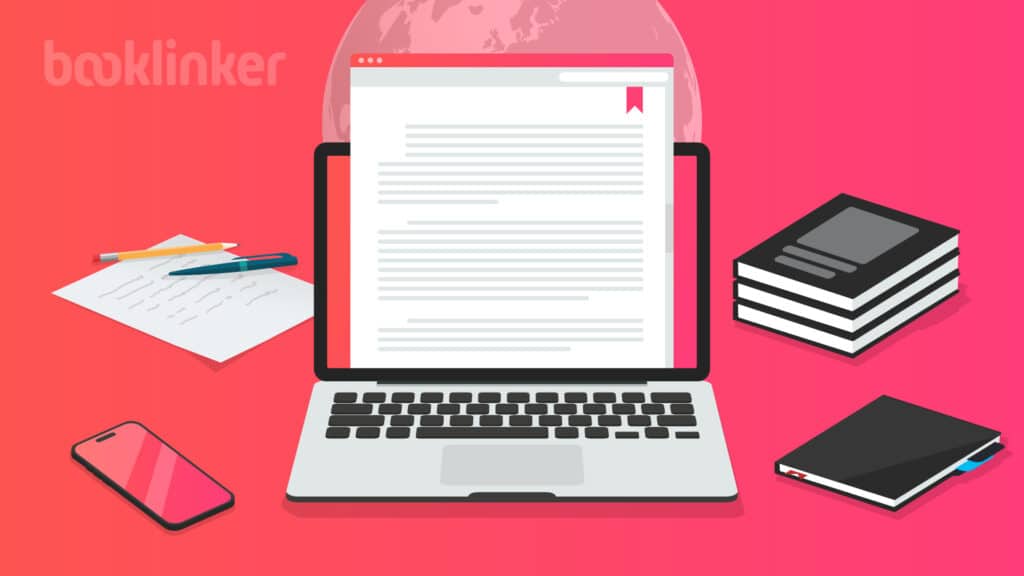
You’ve written a book, had it edited, formatted and hired a designer to make a great cover. Now it’s time to get it into the hands of readers through a distributor like KDP or Kobo.
After all, that is why you wrote it.
Finding the right distribution option for you is the next important step in the process and one that takes some thought.
Before picking the services you want to use, there are a few things you need to decide:
- Will it be available in print, ebook or both?
- For print, do you want it available in bookstores? (keep in mind that over 65% of all book sales take place on Amazon).
- Do you want your print books and ebooks available to libraries?
- Do you want your ebook to be exclusive with Kindle Direct Publishing (KDP) so you can participate in the Kindle Unlimited Subscription service? Or do you want it available wide on as many platforms as possible?
- What is the reach of the platform?
- What are the costs involved and the royalty percentage for you?
Knowing ahead of time how and where you want your book distributed, will help you decide the best distribution route for you.
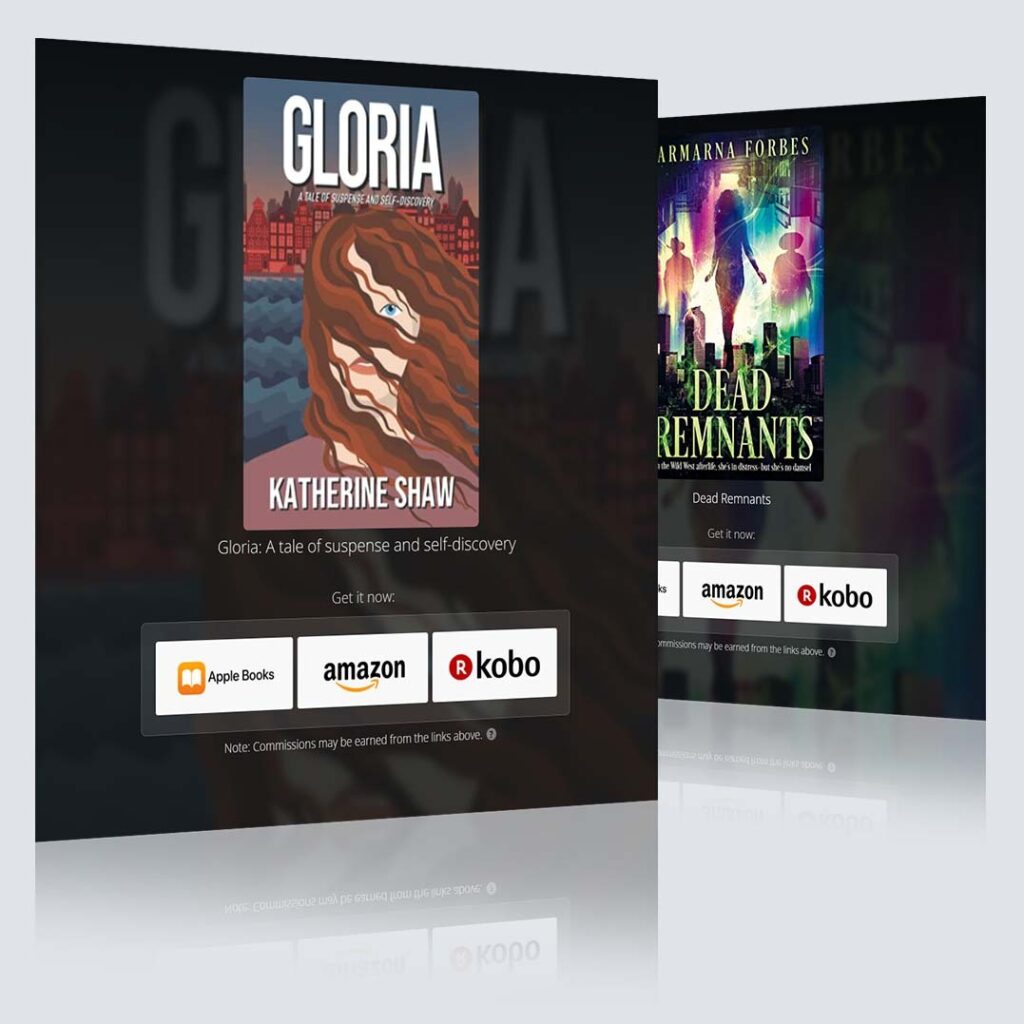
Free Universal Book Links
- Boost international sales by geotargeting readers
- Book store links update automatically based on availability
- Advanced marketing analytics
- Increase clicks with trusted links
Book Distribution Explained
A book distribution service is how your ebook or print book becomes available for readers.
There are some similarities and differences when it comes to the different book formats.
Some distribution services offer free file uploads, others have a small fee.
Regardless of the service you use, each will take a percentage of every sale you make and the rest will go to you. These rates vary depending on platform, but they are much higher than going through a publisher.
Print Book Distribution
20 years ago, authors who chose to self-publish, had to find a printer on their own and have the books printed, which usually required a minimum order of hundreds of books.
Then they’d have to find a way to distribute the book. Print on demand (POD), which includes paperback and hardcover books, has changed the self-publishing game entirely.
The way it works is that you upload a PDF file of your book and the jpeg of the cover, to one of the primary platforms used for POD. When someone orders your book, it is printed “on demand” and sent to the customer.
Ebook Distribution
EBook distribution is fairly straight forward. Because there is no printing time involved, once your book is formatted and available as an epub file (which includes the front cover), you can upload the file directly on the platform and it can go live in as little as a few hours.
You can set up accounts to sell directly through the major online platforms or use an aggregator service like Draft2Digital. An aggregator is a company that is the middleman between an author and a distributor.
They can distribute your book widely to dozens of places, including libraries and subscription services, but you only need to upload your book files to one place.
Quick note about Wide vs Exclusive Distribution
There is a lot of talk in the self-publishing world regarding making eBooks “exclusive” with KDP, which means you cannot have them available to distribute on other platforms.
When opting to be exclusive, authors have the opportunity to make their eBooks available in Amazon’s Kindle Unlimited (KU) monthly subscription program and to run free and countdown deals. Authors are paid royalties based on page views, not book sales.
It’s still possible to have eBooks on KDP without being exclusive, but you can’t be in KU or participate in the promos if your books are available on other platforms.
Some argue that because Amazon is the biggest marketplace for self-published books, why not take advantage of all it has to offer? There are genres, such as romance, that do very well in the KU program.
The other side says: why put all your eggs in one basket when you could think about diversifying and expanding your reach to other retailers like Kobo and Google Play as well as libraries? There’s no clear answer to this question just yet, so research the benefits for your chosen genre to see which strategy might work best for you and your books.
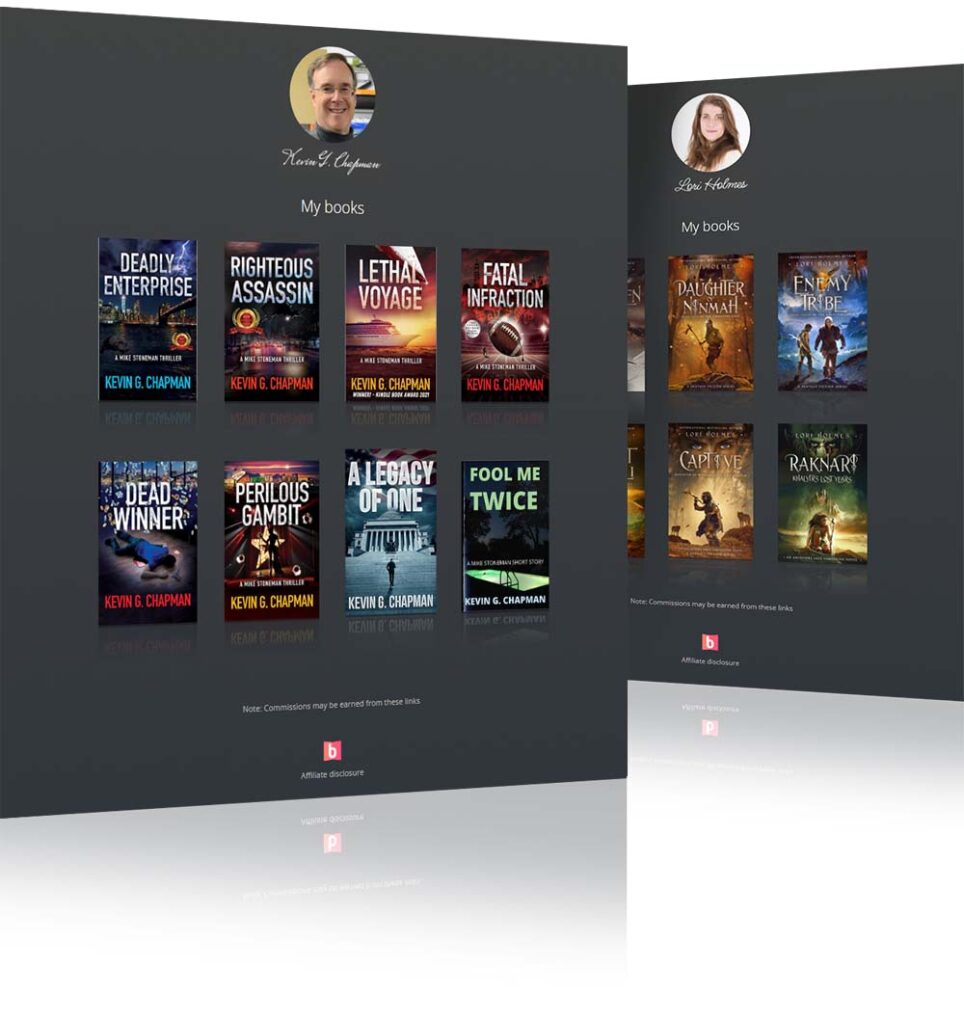
Introducing:
Booklinker Collections
One landing page for all your books. 100% free.
One link for easy sharing of your books across your backmatter, websites, emails, and social media.
Print Book Distribution Services
There are a variety of options when it comes to distributing your print books. Keep in mind the questions mentioned earlier in this article.
Here are four popular distribution services for print.
Kindle Direct Publishing (KDP)

KDP is Amazon’s self-publishing platform and print books published here are made available and distributed through the Amazon online bookstore.
Amazon is in a dozen countries worldwide, meaning readers from around the world can order your book from Amazon.
IngramSpark

IngramSpark provides authors the ability to select a wholesale discount for books and can choose to make them returnable which allows for distribution to physical bookstore and libraries, in addition to online retailers like Amazon.
Lulu

Lulu offers print-on-demand and distribution services, allowing authors to publish and sell their print books directly through the Lulu Bookstore and/or extend their reach to major online retailers without upfront costs.
Here’s a quick comparison of the pros and cons of publishing a print book through KDP, IngramSpark, BookBaby, and Lulu.
KDP | IngramSpark | Lulu | |
Distribution Range | Amazon worldwide, Expanded distribution to libraries and bookstores. | Extensive, including bookstores and libraries | Lulu bookstore, Amazon, and other retailers. 50% distribution fee goes to any distribution channel other than Lulu |
Royalty Rates | 60% of list price for regular distribution, 40% of list price for expanded distribution. | Competitive, varies depending on the wholesale discount you choose. | 80% of gross profit the (revenue remaining after printing costs and distribution fees) |
Setup Fees | None | None | None |
Revision Fees | None | Free within first 60 days $25 after first 60 days
| Varies, depends on the product |
Control Over Pricing | Yes | Yes | Yes |
Returnability of Books for Brick & Mortar Stores | Optional for Expanded Distribution | Yes | No |
Ease of Use | Very User Friendly | Steep Learning Curve | User Friendly |
Major E-book Retailers
There are many great options for publishing your ebook. Authors can update and distribute ebooks to each of these sites without any fees. Ebooks can be updated at any time.
Even though you can publish to each of these sites individually, this can get time consuming to manage.
Read below for aggregators who can make distributing books wide to many platforms, easy.
Here are five popular ebook distribution services:
Kindle Direct Publishing (KDP)

We’ve mentioned KDP already in the print section, but Amazon also allows authors to easily publish and distribute their ebooks globally on Amazon, offering high royalty rates and marketing tools.
Kobo

Kobo has an extensive network of readers in over 190 countries. Through Kobo Writing life, authors can publish and distribute books. They also offer many promotion opportunities.
Barnes & Noble

Barnes and Noble offer authors the opportunity to publish and distribute ebooks directly to B&N readers and offers promotional tools to enhance visibility.
Apple Books

Apple Books for Authors allows authors to publish and distribute their ebooks on the Apple Books platform, offering access to millions of readers on Apple devices.
Google Play

A self-publishing platform for authors to distribute their ebooks globally, leveraging Google’s vast ecosystem to reach a wide audience.
Here’s a quick comparison of the pros and cons of publishing a ebook book through KDP, Kobo, Barnes & Noble, Apple Books and Google Play:
KDP | Kobo | Barnes & Noble | Apple Books | Google Play | |
Distribution Range | Global through Amazon | Global through Kobo and partners | Primarily US through B&N Nook | Global through Apple Books | Global through Google Play |
Royalty Rates | 70% for ebooks priced over $2.99. 35% for ebooks priced below $2.99. | 70%, depending on the book’s price and the country. | Up to 65% for ebooks priced at or over $2.99. 40% for ebooks priced below that. | 70% of the retail price regardless of the ebook retail price. | 70% of the list price. |
Setup Fees | None | None | None | None | None |
Revision Fees | None | None | None | None | None |
Control Over Pricing | Yes | Yes | Yes | Yes | Yes |
Ease of Use | Very user-friendly | User-friendly | Moderately easy | Requires macOS for direct publishing | Moderately easy, with more complex setup |
Ability to Schedule Price Change | No, you must manually go in to adjust price | Yes | Yes | Yes | Yes |
Ebook and Print Book Aggregator Services
An aggregator service allows you to upload your book files in one place, and then the books get distributed wide to various platforms.
You can choose which platforms you want to distribute through. So if you want to publish direct to some (like KDP and Kobo), you can use an aggregator service for the rest.
Here are 3 main aggregators and a comparison chart to see the pros and cons.
Draft2Digital

Draft2Digital offers a wide network for distributing ebooks and print books to online retailers, subscription services, and libraries. It offers features like free book formatting and universal book links and takes a 10% cut of retail sales.
PublishDrive

PublishDrive distributes ebooks to over 400 stores and 240,000 libraries worldwide, offering subscription-based access, marketing tools, and analytics, allowing authors to keep 100% of net royalties after retailer’s cut.
BookBaby
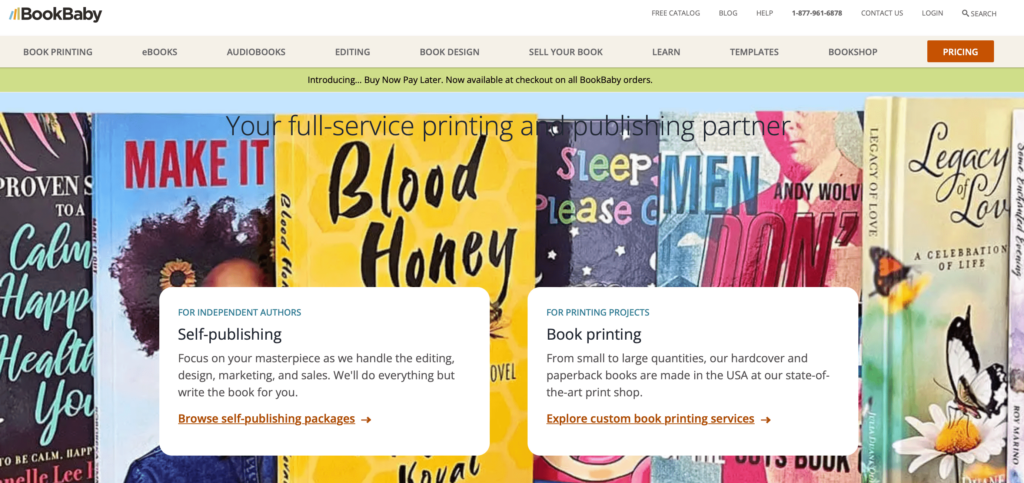
BookBaby provides comprehensive ebook and print distribution services to major online retailers and its own BookShop, along with book printing, cover design, and marketing services, offering 100% of net sales after the retailer’s cut with paid packages.
Here’s a comparison chart of the aggregator services offered by Draft2Digital, PublishDrive, and BookBaby:
Features | Draft2Digital | PublishDrive | BookBaby |
Distribution | Wide network of online retailers, subscription services and libraries | Over 400 stores and 240,000 libraries worldwide | Major online retailers and their own BookShop |
Royalty Rates | D2D keeps 10% of every sale. Author’s keep 100% of the remaining amount after retailer’s cut | Subscription-based, author’s keep 100% of net royalties after retailer’s cut | 100% of net sales after retailer’s cut with paid packages |
Setup Fees | None | Monthly subscription fee | Varies, depending on the package |
Revision Fees | None | None | Varies, depending on the package |
Control Over Pricing | Yes | Yes | Yes, within package limits |
Ease of Use | Very user-friendly | User-friendly with more complex setup | Moderate, comprehensive services |
Other Services Offered | Free book formatting, promotional tools, Universal Book Links | Marketing tools, analytics, print-on-demand distribution | Book printing, cover design, editing, marketing services |
Conclusion
When it comes to getting your book into the hands of readers, you have great options available to you regarding book distribution.
Remember to keep in mind where you want your book distributed, do you plan to distribute wide or be exclusive with KDP, what are the costs involved with the different services and how much time do you have to upload and maintain your books.
Research your options and make your choice based on what works best for you and your author career.

Introducing:
Booklinker Collections
One landing page for all your books. 100% free.
One link for easy sharing of your books across your backmatter, websites, emails, and social media.
Author
-
With over 25 years of experience in the publishing industry, Kerrie Flanagan is a highly accomplished author, writing consultant, and writing instructor. As a prominent figure in the world of writing, Kerrie brings a wealth of knowledge and passion to help authors thrive. Her dedication to her writing is evident with hundreds of published articles and over 20 books in various genres, including 15 with her coauthor under the pen name, C.G. Harris.
https://www.kerrieflanagan.com

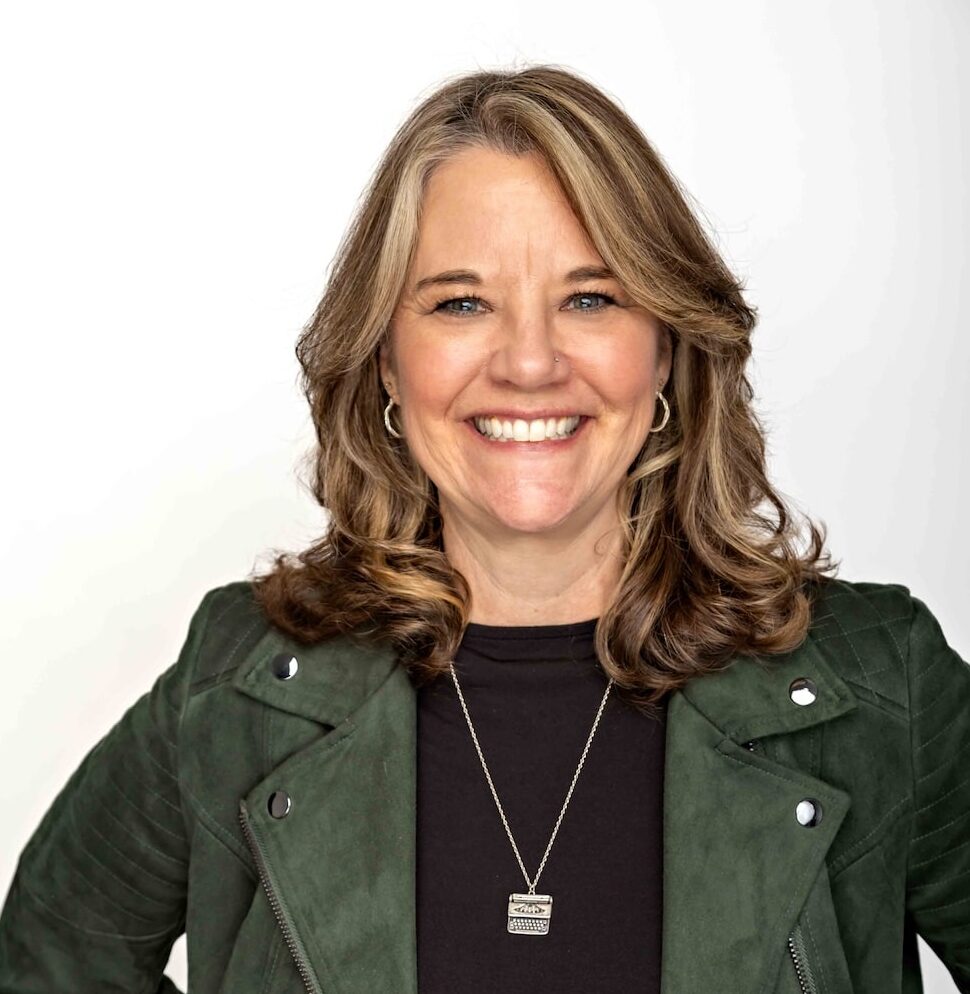
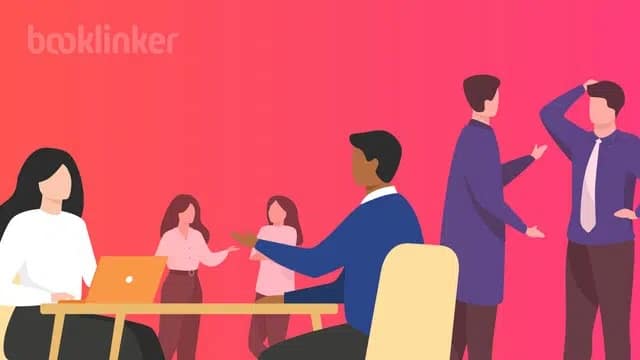
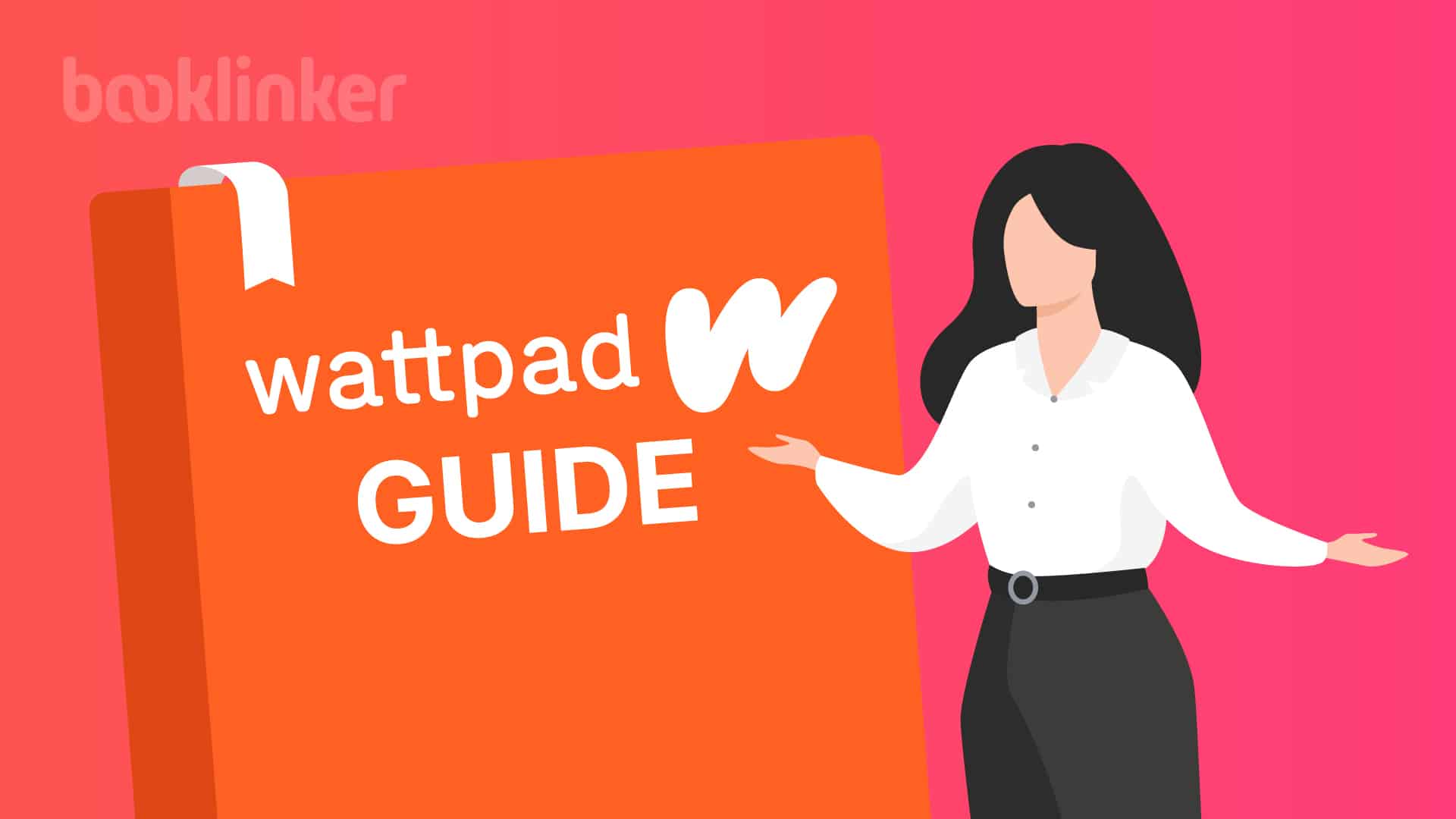
One Response
Hi Kerrie,
Comprehensive and informative, thanks. Haven’t read the whole article yet but noticed an error in the table showing “a quick comparison of the pros and cons of publishing a print book through KDP, IngramSpark, BookBaby, and Lulu.”
The KDP royalty rate for print books is not as stated “60% of list price for regular distribution, 40% of list price for expanded distribution”. The KDP royalty rate for paperbacks is 60% of list price MINUS the printing costs. Full details on this page:
https://kdp.amazon.com/en_US/help/topic/G201834330
Hope this is helpful.